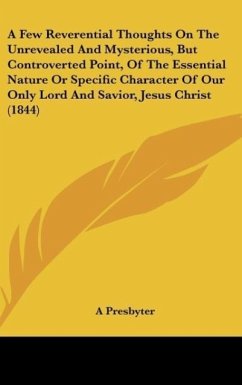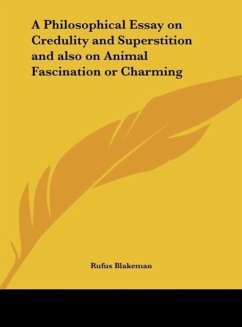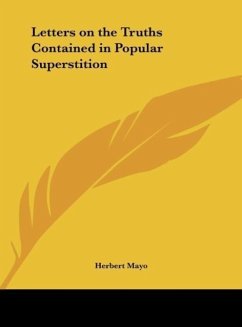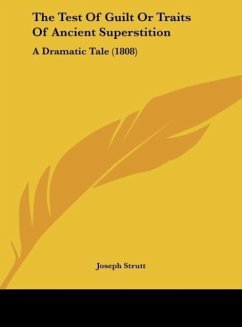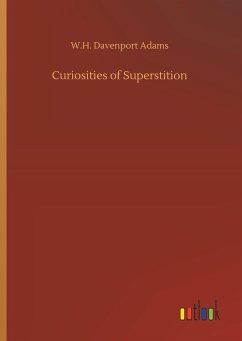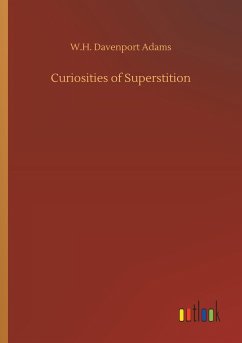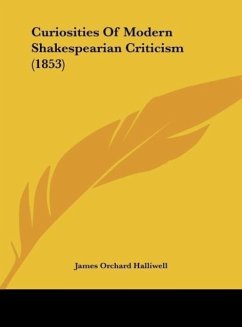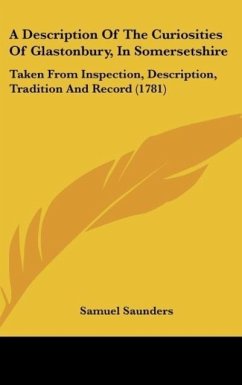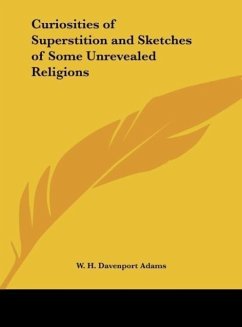
Curiosities of Superstition and Sketches of Some Unrevealed Religions

PAYBACK Punkte
19 °P sammeln!
1882. Exotic or esoteric religions and superstitions. Contents include: Buddhism; Magianism: The Parsees; Jewish superstitions; Brahmanism; Hindu mythology, and the Vishnu Purana; Confucianism, Taoism, and Buddhism; Malays, Slamatan Bromok, Dyaks, Papuan tribes, Ahetas; Samojedes, Mongols, Ostiaks, in Tibet; African superstitions; Zulu; Zabianism and serpent-worship; Polynesia; Fiji Islands; Maoris; North American Indians; Eskimos; A mediaeval superstition: the flagellants; Scottish superstitions: Halloween; Second sight, divination, universality of certain superstitions, fairies in Scotland.



